So what are micro builds?
After writing the book What the Duck, we began to consider other materials and bricks that could be used with teams, groups, and even at conferences. We wanted to find new and innovative ways to get to some in-depth learning, something new and exciting that would keep costs of materials down and yet increase fun, play, and learning through creating new teachable moments.
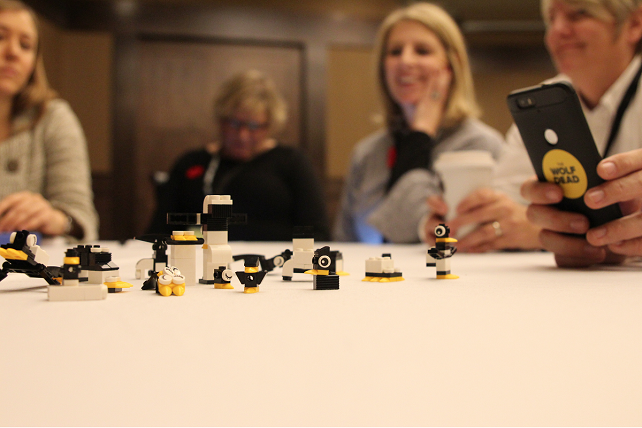
We wanted to push the limits on what we have been told we can and cannot do. We wanted to push the limits on LEGO® SERIOUS PLAY® to challenge assumptions and bust open new thinking with new materials so we could explore what works and what does not within the LSP framework. So at the 2nd Annual Unconference for LEGO® SERIOUS PLAY® Facilitators, we decided to try something with a new spin. We followed the process steps and here is what we did.
Materials: A large bucket of small black, white, and yellow bricks and eyes. I found these at the LEGO® store on the very back wall. In North America, most LEGO® stores have these walls where you can just get a pail that you fill with your favourite pieces for a small fee.
Who: Tables of 6 – 8 people
Bricks: Pour a large pile of assorted bricks onto the center of the table.
Limits: Only your imagination and time, around 5 minutes.
Directive: Build as many animals as you can. All hands went into the pile and people found what they needed and built, some people built multiple models.
Stories: What did you build? We received random answers, including: A skunk, a zoo, a crow, a diving penguin. The answers were as random as the people building and the models were delightful to see.
Directive: Can you give your animal a name?
Spontaneous names emerged: Fred, Margaret, Ellen, etc.
Directive: Now think about your animal and tell us how they feel, what are they doing, where are they going? See if you can tell a bigger story about their lives. People had no problem creating stories from the builds.
“This is Margaret. She is feeling a bit grouchy today. She can’t find her glasses.”
“This is Fred. He loves to get in on the party. Last night he had a bit too much fun.”
Debrief and backstory:
Unlike when we use pre-packaged bags, where every person gets their own, this time we let everyone pick from a random pile of interesting bricks. They all had the same amount of time and we had plenty of the same materials, so people used their own internal selection process when deciding which bricks they wanted to use and what they wanted to build. From this we could make the following points: everyone has a story, all stories are different, we need all the stories to be creative and to solve problems, your story inspired the next story as we moved toward group genius.
People built very different things and of course no two models were alike. So again, we would make the point that everyone has their own ideas and all ideas are needed and welcome. And that it is the diversity of thinking that makes better teams and better team decisions.
The process activated the creative imagination in each person who was building. Each person reflected on their build and related to it in some way as they shared the inside story in real time with a limited filter, given the spontaneous nature of the activity. People added their thoughts on their models as they presented them and then commented on each other’s models, “I love that, that’s cool, nice one!”
When we build things in the world we feel connected to them. And when we give our models names or apply attributes to the models, stories emerge. When we tell our stories and others listen, we feel connected to the people around us.
In this activity, we asked people to name their models and then give them human-like stories. In some ways, this mimics a Gestalt technique or projection technique; but moreover, the activity allows people to practice story making and using their imaginations to applying meaning in interesting ways. When the brain has a visual a story can emerge. Within the story, ideas develop and old ideas can change as the emergence of something new, something created, enters the environment and changes the dynamics. When we begin to use our imaginations, we can prep our minds for more challenging activities like creative problem solving.
LEGO® SERIOUS PLAY® allows for the rapid creation of ideas and the rapid building and deconstructing of ideas in a free flow of stories that are exchanged. I hear your story, and my story—yet to be told—just got even better through listening to your story and bringing new inspiration.
It might seem like building for fun, but whenever we build without instructions we are activating those parts of our brains that are longing to come out to play!
If you are a certified LEGO® SERIOUS PLAY® Facilitator, try this activity with your group and team and let us know what happens. We would love to “build” on your ideas too!
If you are not yet certified, now’s the time to register for one of the many excellent training programs happening, like ours of course!
Take a look and don’t miss another thing!
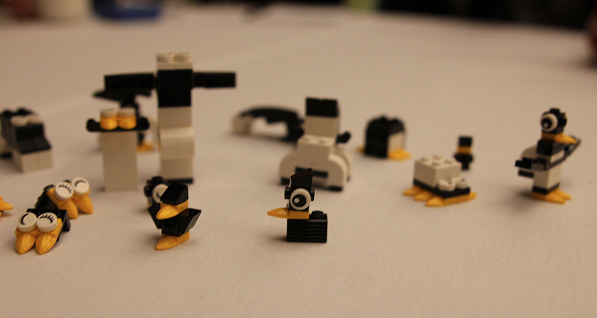
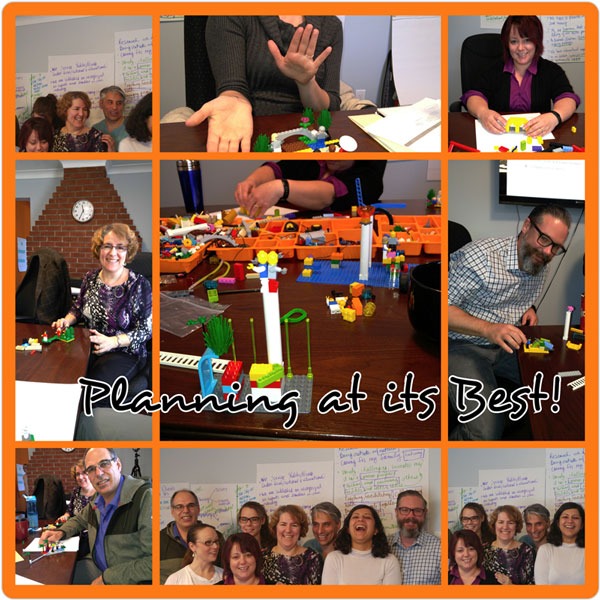
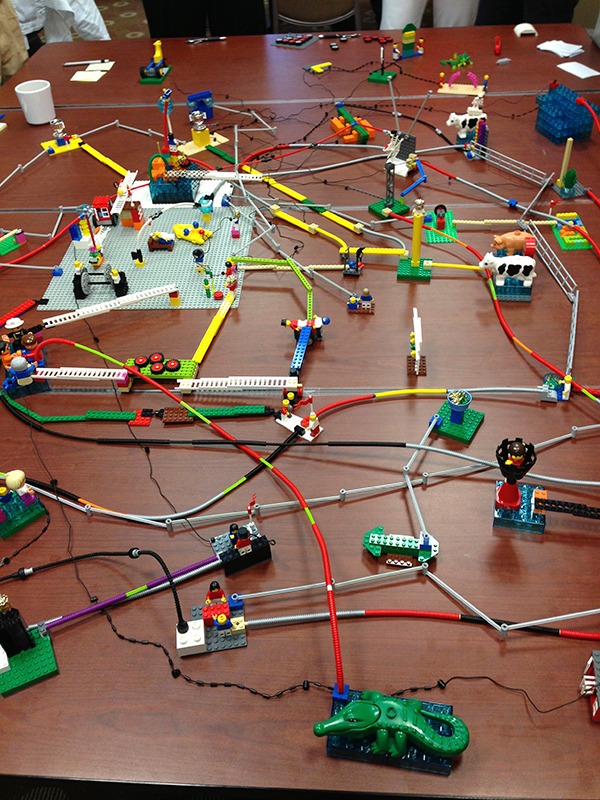
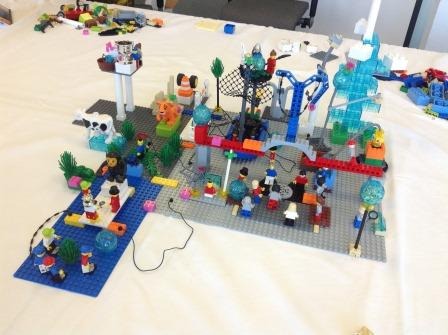

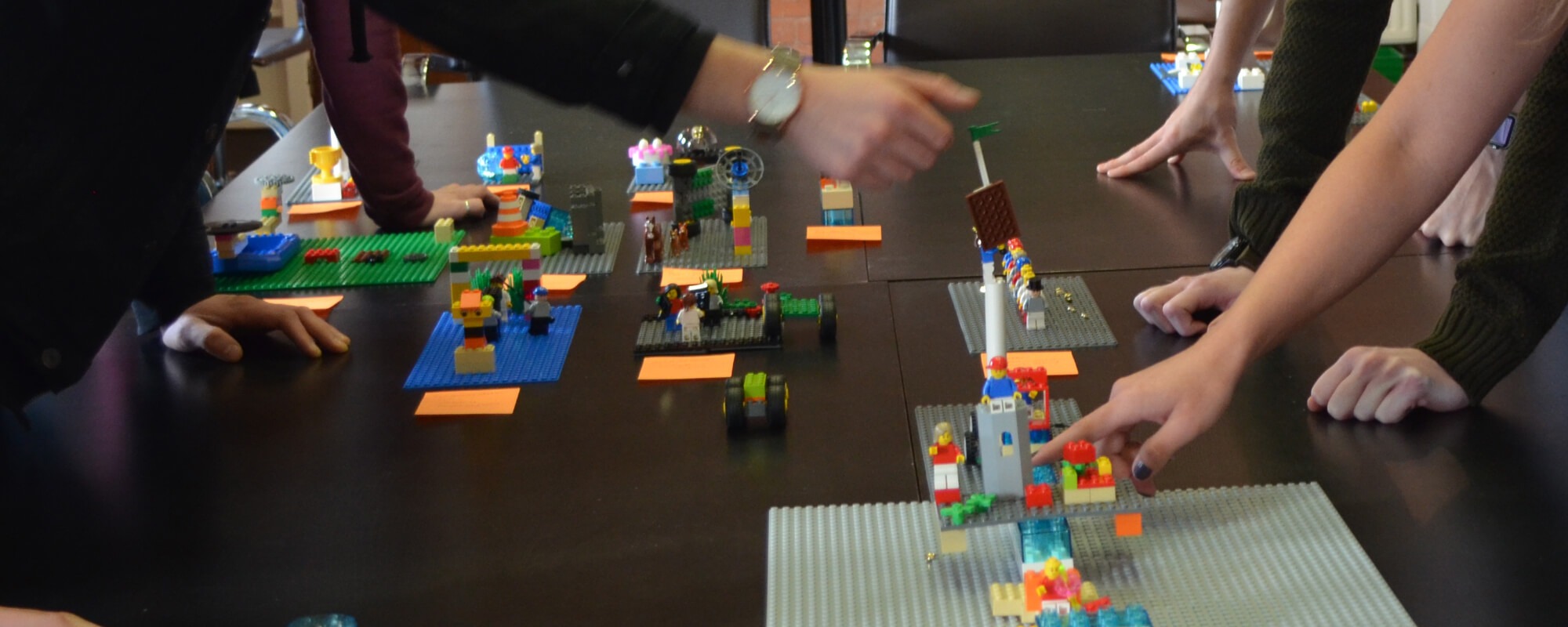
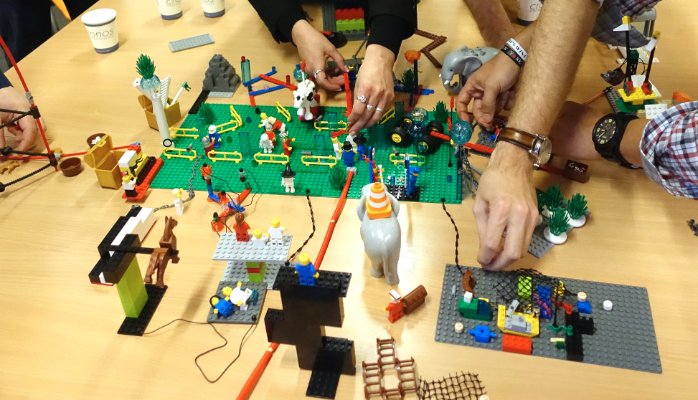
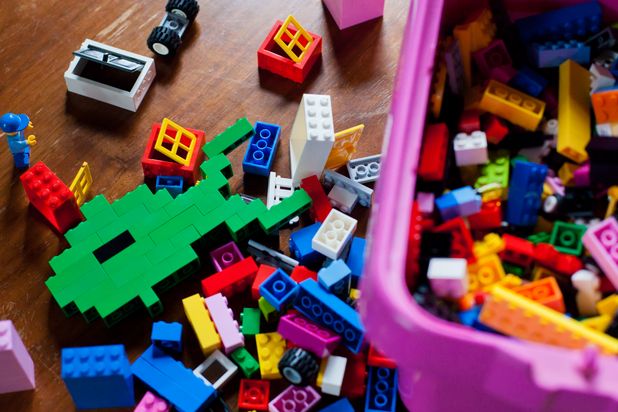
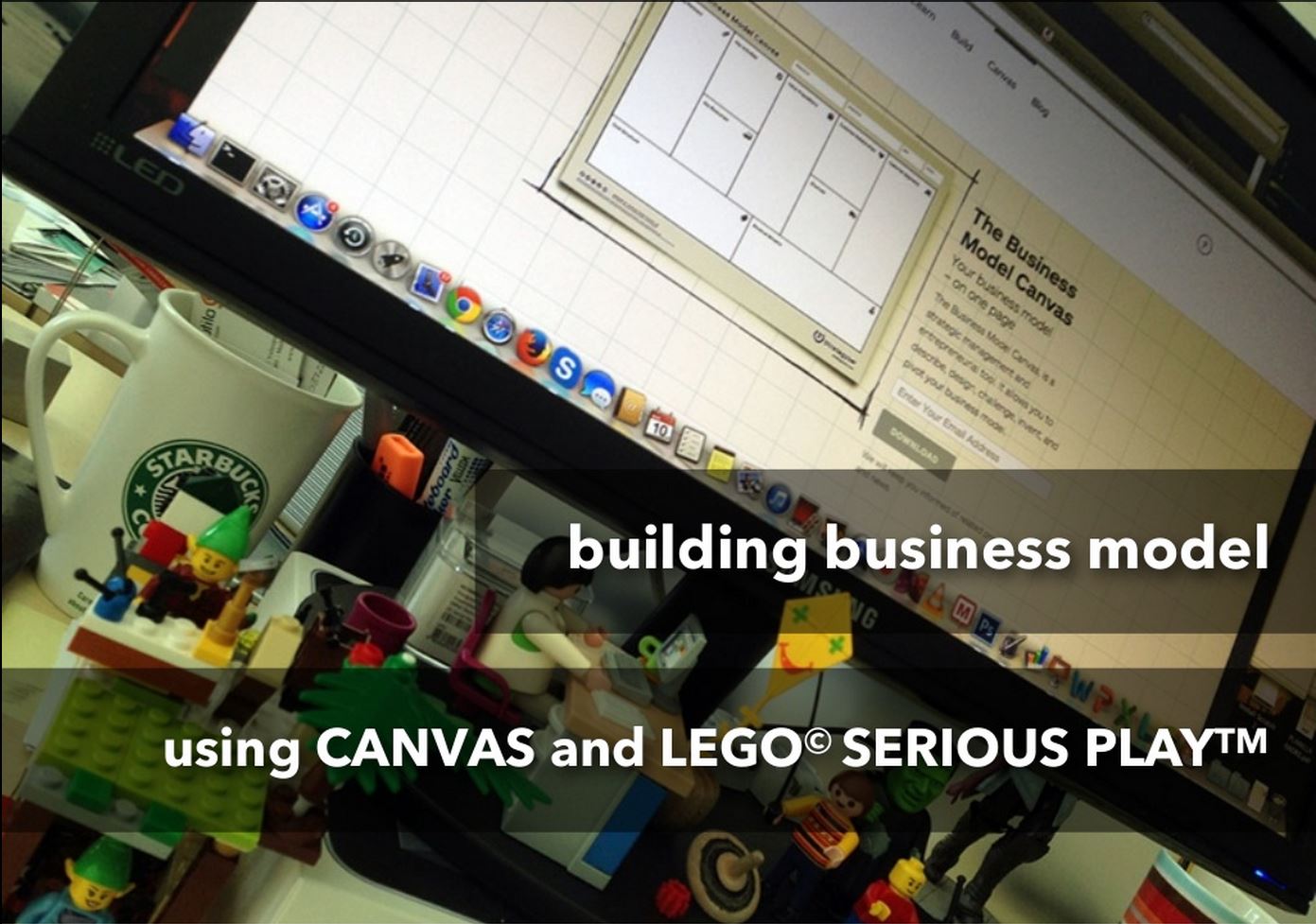

 Become a LEGO Serious Play facilitator - check one of the upcoming training events!
Become a LEGO Serious Play facilitator - check one of the upcoming training events!